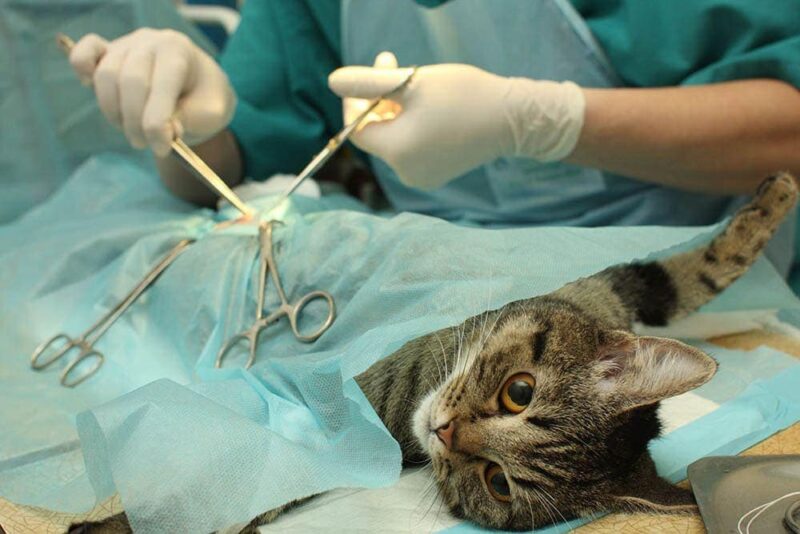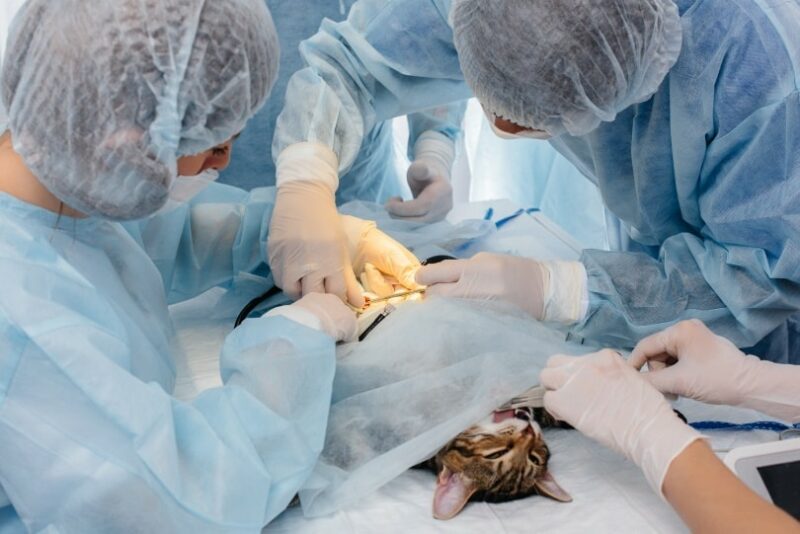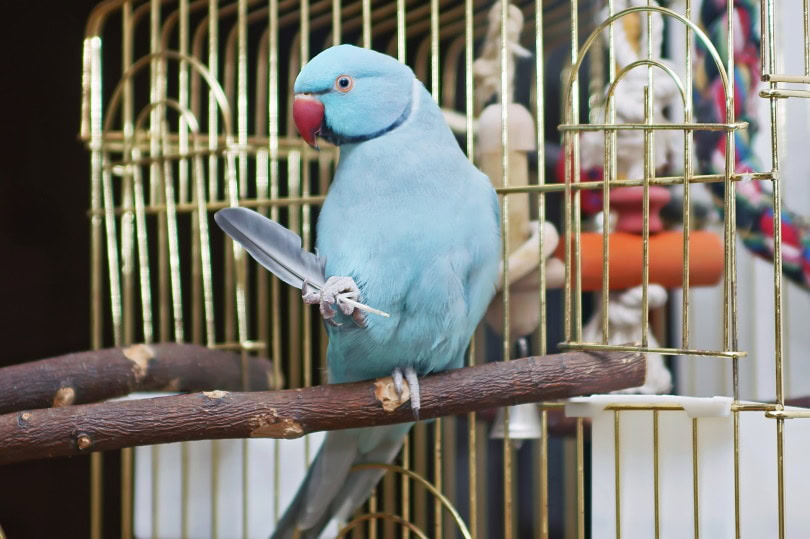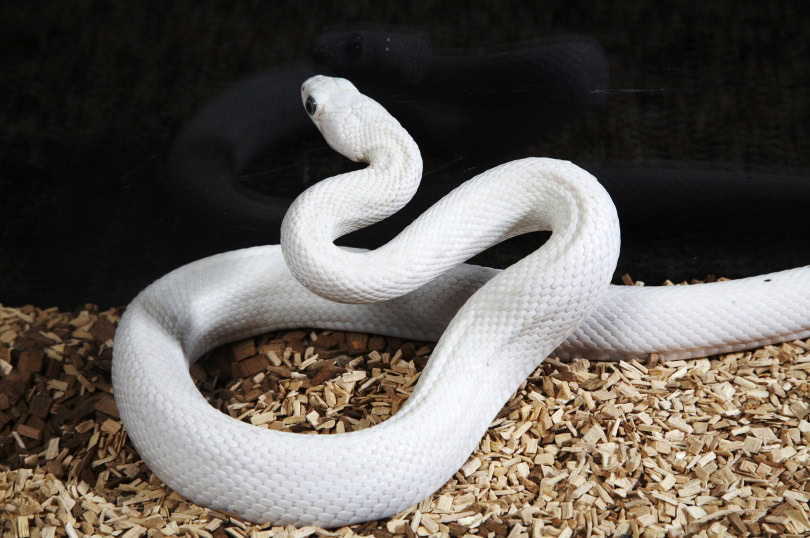VET APPROVED

The information is current and up-to-date in accordance with the latest veterinarian research.
Learn more »For the average cat owner, having your cat spayed or neutered is an essential part of responsible cat ownership. Intact cats are at risk of getting into trouble, including being injured or killed in search of a mate. This is built into the DNA of your cat, so no amount of training or redirection is going to supersede your cat’s desire to seek out a mate.
The biggest issue that most people have with spaying and neutering procedures is knowing when the appropriate time to have the procedure performed is. Here’s what you should know!

When Should My Cat be Fixed?
The first place to start when trying to determine when your cat should get spayed or neutered is to talk to your vet. Some vets won’t fix cats that are under a certain age or weight, so they may recommend you wait until your cat meets their criteria. Vets in shelter environments and low-cost clinics are more likely to spay and neuter cats when they are very young and very small than your average clinic vet will.
In general, the recommendation is to have your cat spayed or neutered between 4 and 6 months of age. This recommendation is the same for male and female cats. In shelter environments, cats are usually fixed before being adopted out, so your cat may be spayed or neutered as young as 6–8 weeks of age. Most vets will recommend having your cat fixed before the age of sexual maturity, which usually occurs around 6 months of age. However, some kittens could reach sexual maturity as young as 4 months of age!

Are There Downsides to Spaying and Neutering Early?
Some anecdotal reports have indicated that there may be some downsides to having your cat spayed or neutered prior to sexual maturity. Removing reproductive organs means that your cat won’t have access to sex hormones, which may impact growth metabolism and stunt your cat’s growth and development. In male cats, neutering risks the narrowing of the urethra, which increases the risk of urinary blockages later in life.
There are no studies that prove these theories and anecdotes. In fact, the Feline Fix by Five organization is a veterinarian-backed organization that is attempting to set the standard in vet medicine to have cats spayed and neutered by 5 months of age.
The primary downside that you will see if your cat has been spayed or neutered is that they may be more likely to develop obesity due to a depressed metabolism. This varies between cats, though. You can help your cat maintain a healthy body weight by feeding a high-quality food, feeding an appropriate amount, limiting treats, and encouraging physical activity every day.

What Are the Benefits of Spaying and Neutering?
The biggest benefit of spaying female cats is that they will not be able to have kittens. With the exception of responsible breeding situations, cats should not be allowed to have kittens. There is an overabundance of cats in the world, which can have negative effects on ecosystems, as well as leave cats to live in dangerous situations without access to veterinary care. In the US alone, over 920,000 shelter animals are euthanized annually because there are not enough homes for them.
Spaying your female cat also means she won’t go into heat, which can be uncomfortable and unpleasant for all involved. Not only is your cat uncomfortable when she’s in heat, but dealing with an in-heat cat can be exhausting. They are noisy and may be underfoot, on top of the potential for marking in the home or escaping the house.
Having your male cat neutered will decrease his drive to seek out a female mate. This means that your cat won’t be attempting to escape to find a female. It also decreases the risk of your male cat marking in your home.


In Conclusion
Ideally, your cat should be spayed or neutered before 6 months of age, with very few exceptions. While some people have posited that there may be some negative effects from early spaying and neutering, there is no science backing these theories.
However, there are facts and statistics that show that the average cat owner should not have an intact cat due to the exceedingly high number of cats in the US, as well as the number that is euthanized every year due to a shortage of homes for them to go to.
Related Reads:
- Eating & Drinking for Cats Prior to Spaying & Neutering: Our Vet Explains
- How Do Vets Spay Cats? Our Vet Explains Step-By-Step
- What age should you spay or neuter your cat? | Falls Road Animal Hospital | Baltimore Vet
- Is There an Optimal Age for Cat Spay or Neuter? | Today’s Veterinary Practice (todaysveterinarypractice.com)
- Getting Your Cat Fixed: What To Expect | PetVet Care Centers
- Spaying or Neutering Your Cat: Pros & Cons | FirstVet
- Feline Fix by Five – United Spay Alliance
Featured Image Credit: Andrii Medvednikov, Shutterstock











